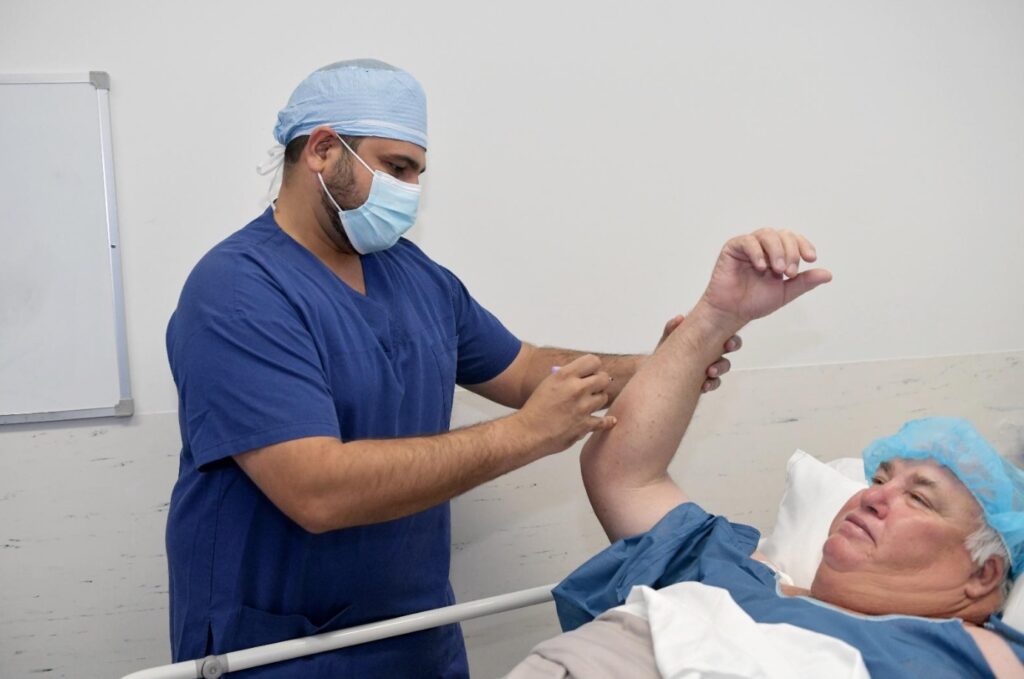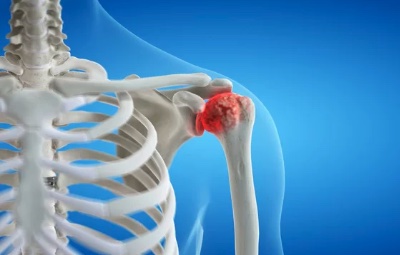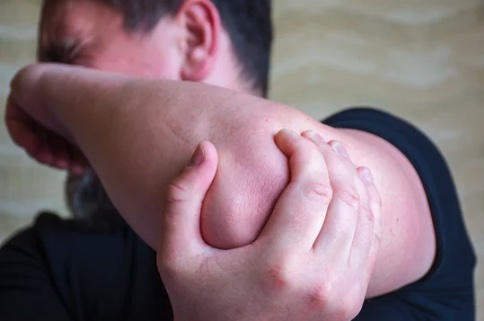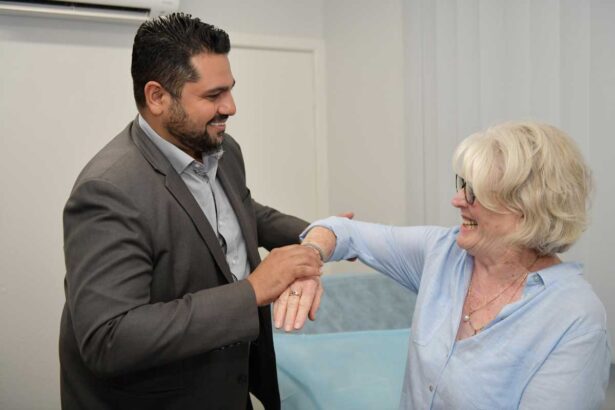
The elbow is made up of three bones: the humerus (upper arm bone), the radius (forearm bone on the thumb side), and the ulna (forearm bone on the little finger side) and fractures of the elbow can range from small cracks to severe breaks that separate the bones.
Diagnosis of an elbow fracture usually involves a physical examination and imaging tests such as X-rays or CT scans to evaluate the extent of the damage and determine the best course of treatment.
Non-surgical treatment
Treatment for elbow fractures depends on the severity of the fracture and may include immobilisation of the arm with a cast or splint, medication to relieve pain and inflammation, and physiotherapy to help restore strength and mobility to the affected arm.
Surgical treatment
The surgical treatment for a fractured elbow typically involves an open reduction and internal fixation (ORIF) procedure. This involves making an incision over the fracture site and realigning the broken bones. Dr Singh may use screws, plates, pins, or wires to hold the bones in place while they heal.
The surgery is usually performed under general anaesthesia, and the patient is positioned with their arm supported and extended. Dr Singh will make an incision over the fracture site and carefully dissect down to the bone. Any bone fragments or debris will be removed, and the broken bones will be repositioned into their correct alignment.
Once the bones are aligned, he will use metal screws, plates, pins, or wires to hold the bones in place while they heal. The type and placement of the hardware will depend on the type and severity of the fracture. The incision is then closed with sutures or staples, and a sterile dressing is applied to the area.
After surgery, patients will typically spend a few days in the hospital for pain management and monitoring. They will be prescribed pain medication and antibiotics to prevent infection. Physiotherapy will also begin within a few days of the surgery to prevent stiffness and promote healing. The goal of physiotherapy is to regain full range of motion, strength, and function of the elbow joint.
Recovery time varies depending on the severity of the fracture and the extent of the surgery. In general, patients will need to avoid lifting or using the affected arm for several weeks after surgery. Follow-up appointments with Dr Singh and the physiotherapist will be necessary to monitor progress and adjust the rehabilitation plan as needed.
Although surgical treatment for a fractured elbow is generally safe and effective, there are risks and potential complications, including infection, bleeding, nerve or blood vessel damage, hardware failure, and stiffness or loss of range of motion in the elbow joint. Patients should always discuss the risks and benefits of the procedure with Dr Singh before undergoing surgery.
 Christmas Operating Hours
Christmas Operating Hours 




















